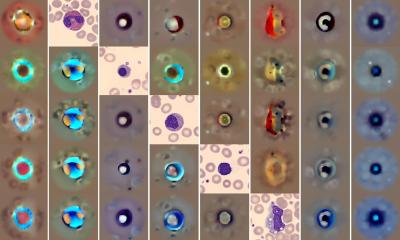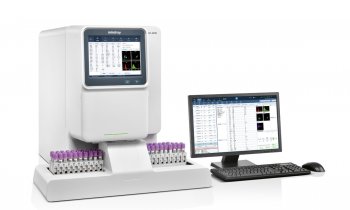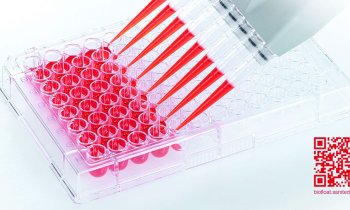News • Study
Mushroom protein could be used in leukemia treatments
A protein found in the edible mushroom known as "shaggy ink cap" might be able to kill a type of leukemia cell, new research suggests.
Coprinus comatus, also known as "shaggy ink cap" or "lawyer's wig," is a type of edible mushroom normally found in North America and Europe. Its habitat is usually meadows and grasslands, but it can also sometimes be found along gravel roads or on lawns in towns and cities. It takes its common names from its white, shaggy appearance when mature, but also from the fact that it starts "dissolving" into a black, inky mass once it starts to decay, or soon after being picked.
This type of mushroom is already known for its nutritional value, as well as for its antioxidant and antimicrobial potential. Some studies have also variously linked Coprinus comatus elements with potential for HIV, prostate cancer, and ovarian cancer treatments. Researchers from the University of Florida in Gainesville have now uncovered a new potential for a Coprinus comatus protein: killing a type of leukemia T cell.

Dr. Yousong Ding, an assistant professor at the University of Florida, and his team looked at how Y3, a protein present in Coprinus comatus, binds with the LDNF glycan, which is a sugar molecule usually found in parasites. This activates a cell-signaling cascade that can program a type of leukemia T cell to commit suicide, the researchers explain.
Dr. Ding and his colleagues noted that the protein Y3 from Coprinus comatus has significant glycan binding properties. This is important because the interactions of glycan binding proteins (GBPs) can provide a better understanding of how systems respond to pathogens and can facilitate the creation of new therapeutic pathways. In the course of this study, the scientists tested the interaction between Y3 and LDNF using model leukemia cells. They found that the enzymes triggered by this interaction were able to cause the death of over 90 percent of the leukemia T cells.
In the researchers' view, this result suggests that the action of the Y3 GBP on this type of leukemia cell can be productive and very efficient. They suggest that this may have meaningful implications for T cell acute lymphoblastic leukemia treatment. This type of blood cancer is particularly aggressive, and it is responsible for up to 25 percent of acute lymphoblastic leukemias.
According to the National Cancer Institute, the estimated number of adult deaths owed to acute lymphoblastic leukemia in 2017, in the United States, will be 1,440.
Potential pathways for new treatments
Dr. Ding suggests that the study has offered the scientists a new way of determining the functions of proteins present in Coprinus comatus mushrooms, and of studying their action on unhealthy cells. The next step for the researchers is to examine other potential GBPs in more edible mushrooms, as well as gain a better understanding of Y3 functions in relation to leukemia cells. Dr. Ding suggests that he and his colleagues might start testing the action of Coprinus comatus Y3 proteins on diseased cells in animal models within a year.
The researchers express their hope that this, and similar studies, could reveal pathways for new, more efficient drugs in the treatment of leukemia and other diseases. "In addition to their dietary value, these proteins can be important to health improvement and disease prevention," concludes Dr. Ding.
Source: MedicalNewsToday/Maria Cohut
14.08.2017











